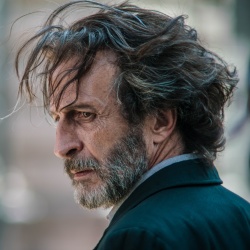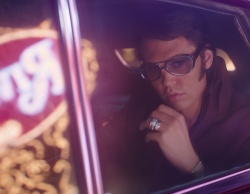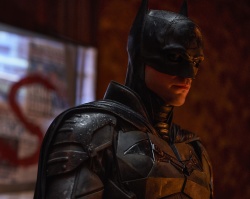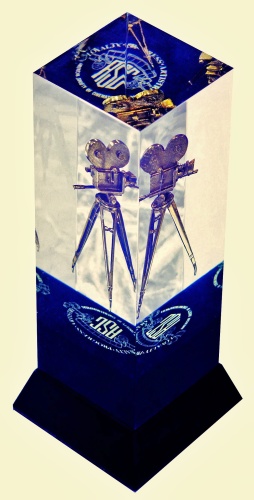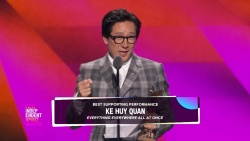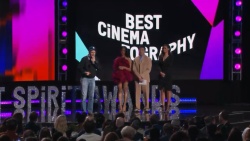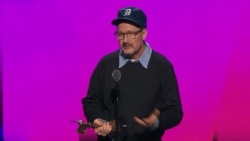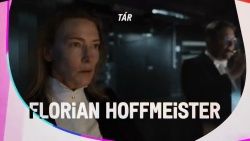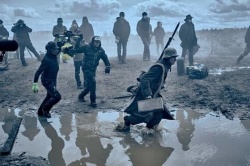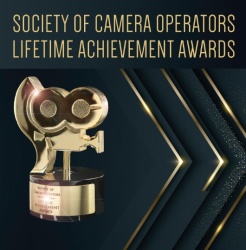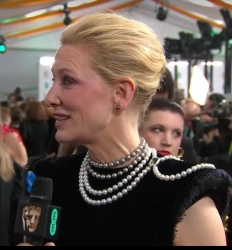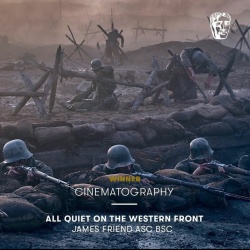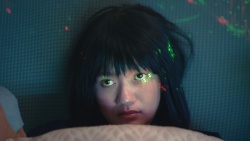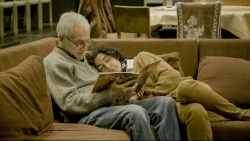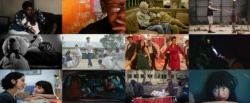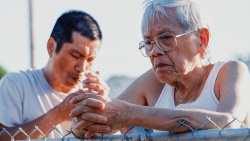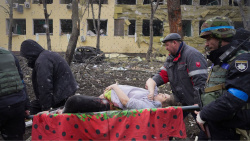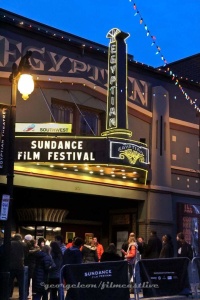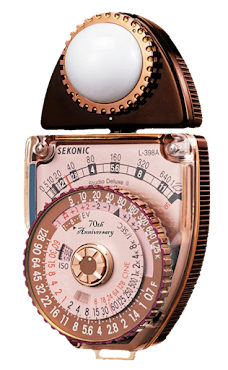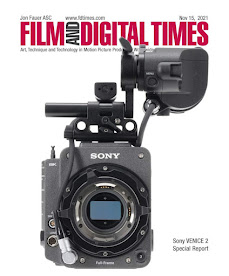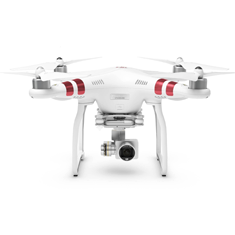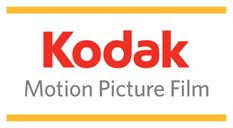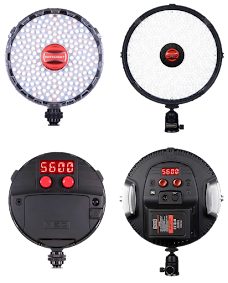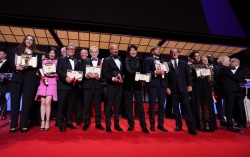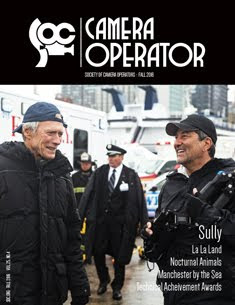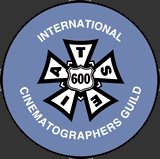 The challenge of shooting of one of the densest and fasting moving cities in the world fell upon Director of Photography Anthony Dod Mantle,BSC who most recently shot Last King of Scotland and had previously worked with Boyle on both 28 Days Later and Millions. The plan was to shoot in the heart of the city’s infamous but rarely explored slums, capturing their energy and urgency on-the-fly, with an unforced realism.Danny Boyle was adamant that he did not want to take large, cumbersome 35mm cameras into the slums. He wanted to use smaller, more flexible, digital cameras to enable them to shoot quickly with minimal disturbance to the natural flow and communities.
The challenge of shooting of one of the densest and fasting moving cities in the world fell upon Director of Photography Anthony Dod Mantle,BSC who most recently shot Last King of Scotland and had previously worked with Boyle on both 28 Days Later and Millions. The plan was to shoot in the heart of the city’s infamous but rarely explored slums, capturing their energy and urgency on-the-fly, with an unforced realism.Danny Boyle was adamant that he did not want to take large, cumbersome 35mm cameras into the slums. He wanted to use smaller, more flexible, digital cameras to enable them to shoot quickly with minimal disturbance to the natural flow and communities. "I had to find a camera set up that would be ergonomic enough for me to throw myself around the slums chasing the children whilst, at the same time, withhold as much detail in the shadows and highlights” says Anthony Dod Mantle. Our producer, Chris Colson, had hoped for Danny and Anthony to repeat the efforts on Mini-DV”. This was all well and good, except for the monumental difference between shooting multi camera fiction on sets where I could light, sometimes quite heavily. We needed a digital camera with enough latitude to hold highlights and something very small so we could enter the children’s world at their level. “Slumdog Millionaire” needed a completely different tactical approach.”
"I had to find a camera set up that would be ergonomic enough for me to throw myself around the slums chasing the children whilst, at the same time, withhold as much detail in the shadows and highlights” says Anthony Dod Mantle. Our producer, Chris Colson, had hoped for Danny and Anthony to repeat the efforts on Mini-DV”. This was all well and good, except for the monumental difference between shooting multi camera fiction on sets where I could light, sometimes quite heavily. We needed a digital camera with enough latitude to hold highlights and something very small so we could enter the children’s world at their level. “Slumdog Millionaire” needed a completely different tactical approach.”They found the right combination in the innovative IT-centric Silicon Imaging SI-2K Digital Cinema camera. It delivered over 11 stops of dynamic range, flexible connectivity and film-like digital content, which could be easily inter-cut with traditional film footage.
Unlike modern HD cameras, which develop and compress colorized imagery inside the camera, the Silicon Imaging SI-2K streams 2K (2048x1152) data as uncompressed raw “digital negatives” over a standard gigabit Ethernet connection. An Intel Core 2 Duo processor-based computer embedded in the camera or tethered to a laptop up to 100 feet away, processes the digital negatives, where they are non-destructively developed and colorized for preview using the cinematographer's desired "look" for the scene.
The digital negatives and "look" metadata are simultaneously recorded to hard drive or solid state disk where up to 4-hours of continuous footage are captured on a single 160GB notebook drive; this is the equivalent of 14-reels of 35mm film which has an associated cost exceeding $25,000 for materials and processing. The recorded files, can be immediately played with the target color look at full resolution, without the need for film scanning, tape ingest, format conversions or off-line proxies.
A customized camera support and recording package had to be built to meet the unique form factor demands of the Slumdog shoot. They enlisted Pille Film, of Wiesbaden Germany, to create a custom solution which included a gyro stabilizer for the base of the SI-2K Mini. Instead of using the traditional film-style camera body, they elected to use Apple Mac book Pro notebook running Windows XP, for the recorders, and built them into ruggedized backpacks, to be worn inconspicuously. Stefan Ciupek, the show’s technical supervisor and additional camera operator, coordinated the design and modifications of the camera system with Wolfgang Damm of Pille, whose team worked around the clock to get the 2K Mini rigs built.
Attaching a gyro to the base of the hand-held unit enabled me to move the camera in a very unusual way, somewhere between hand held and immaculate Steadicam,” says the cinematographer. I could make fast movements, throw the camera a certain way, swipe it up and sideways, and make a brake just before the gyro kicked in so it came to an abrupt stop. Boyle loved the results.
“It’s not like jiggery-pokery handheld,” says director Boyle. “When you work hand-held with a film camera, it’s always connected to the body mass, but Anthony separated the camera from his body weight, so his body weight could be on the left and the camera on the right. It was extraordinary what he could accomplish. He’s the greatest operator I’ve ever seen.”
 “The SI-2K’s handled the highlights amazingly well.” stated Mantle. “I have since shot on the Red camera and found I had to be more wary of clipping the highlights in Scandinavia than I had to be with the SI2K in scorching India. Its weight factor obviously allowed me to operate more intuitively and emotionally instantaneously than I can with the normal weight of even a modern celluloid camera.” The filmmakers originally planned to shoot specific scenes digitally and the rest on 3-perf Super 35mm, but Boyle was so pleased with the SI-2K performance that he gradually decided to shoot more and more with it. The SI-2K digital cameras also allowed me to shoot more content than I would have done, for a similar budget, on pure film stock.
“The SI-2K’s handled the highlights amazingly well.” stated Mantle. “I have since shot on the Red camera and found I had to be more wary of clipping the highlights in Scandinavia than I had to be with the SI2K in scorching India. Its weight factor obviously allowed me to operate more intuitively and emotionally instantaneously than I can with the normal weight of even a modern celluloid camera.” The filmmakers originally planned to shoot specific scenes digitally and the rest on 3-perf Super 35mm, but Boyle was so pleased with the SI-2K performance that he gradually decided to shoot more and more with it. The SI-2K digital cameras also allowed me to shoot more content than I would have done, for a similar budget, on pure film stock.The conditions were tough for any camera including the heat, dust and rapid camera movement. I am deeply happy and excited about the final sheen this film will have and I think the SI-2K helped to bring out the vibrancy and the immediacy to what was always an amazing script.”
more info at Silicon Imaging Digital Cinema










